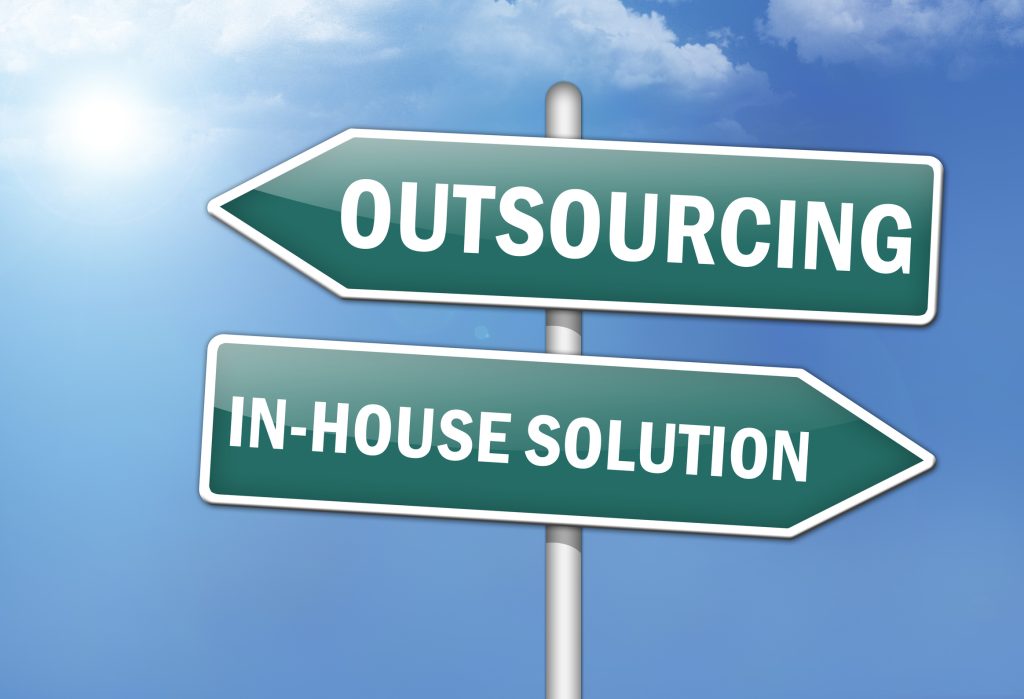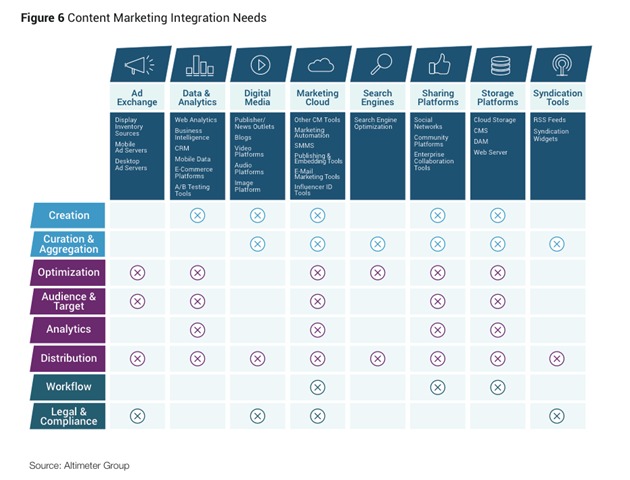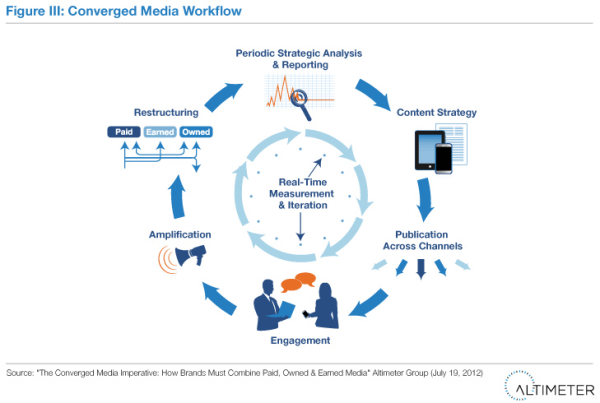Who Should Handle Content Marketing? (In-House or Outsource)
Is content a DIY project, or is it a job better left to professionals? Major brands want to create content marketing in-house. A couple of years ago I conducted research and asked major organizations such as Nestlé, GE, Adobe, IBM, and Coca-Cola what their preference was. Do it yourself, or farm it out to an […]
Who Should Handle Content Marketing? (In-House or Outsource) Read More »









